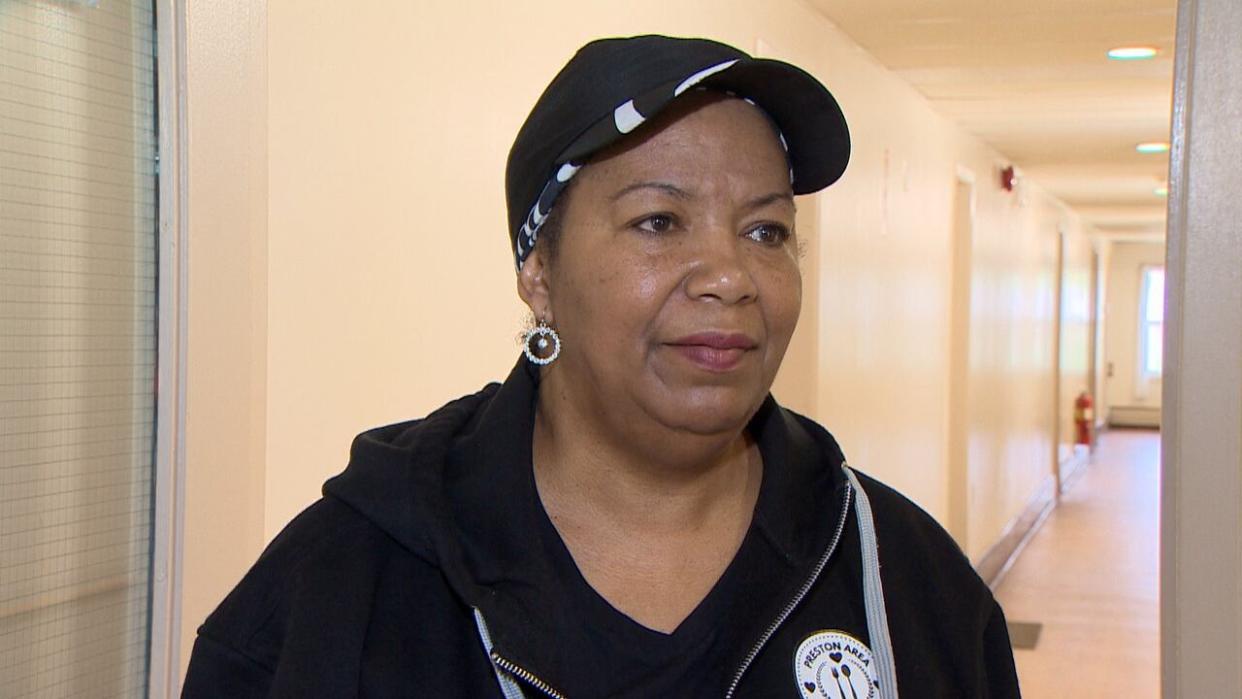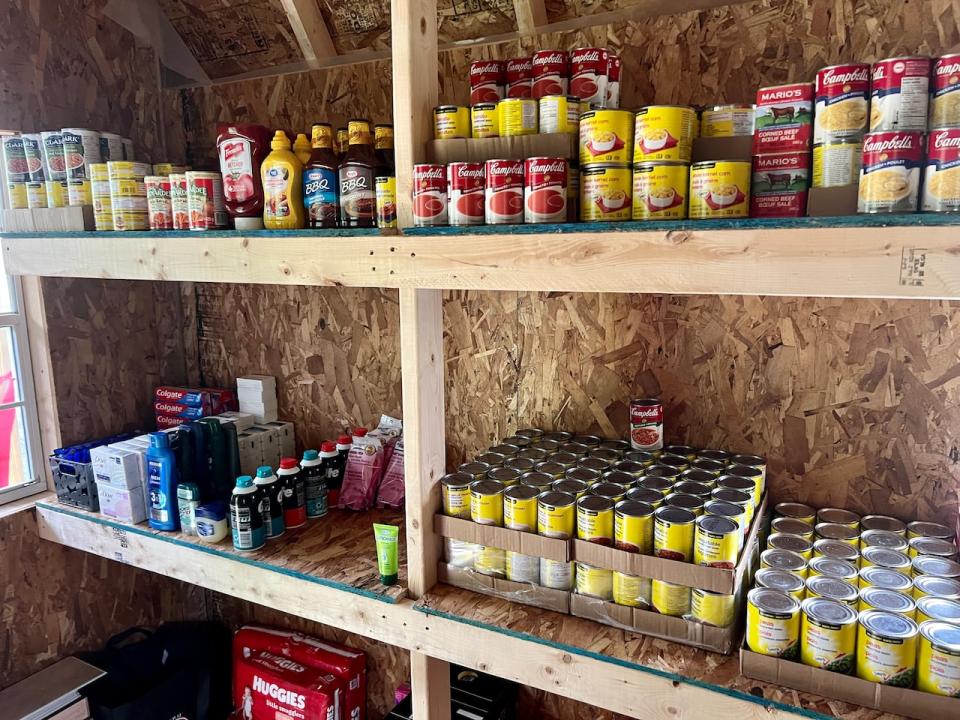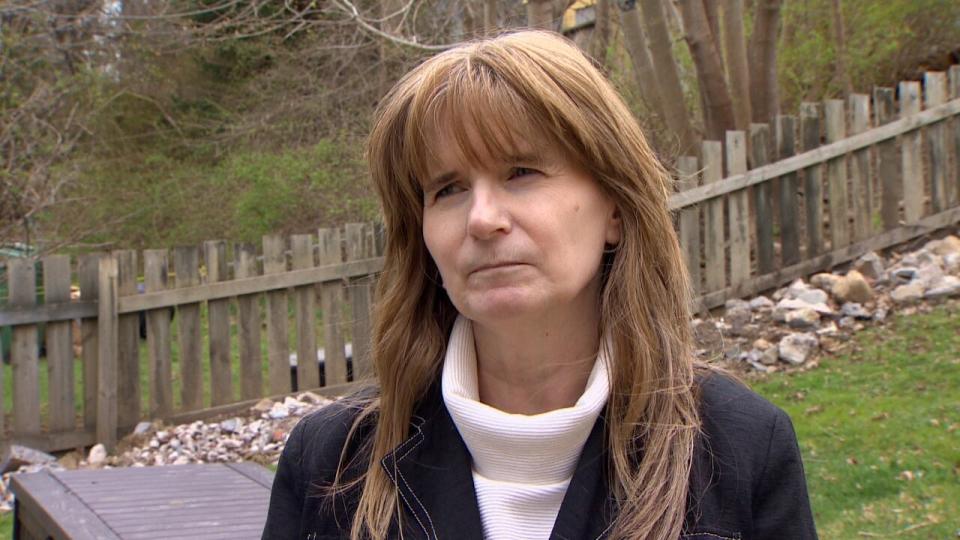N.S. saw highest rates of poverty, food insecurity among provinces in 2022

Debbie Simmonds says it isn't unusual for her to check the cupboards of the Preston Area Food Network's community shelves and find them empty.
The three sheds are located in the historically Black communities of Cherry Brook, North Preston and East Preston, providing food and hygiene items to around 100 people per week who are struggling to make ends meet.
"We should have the essentials. It's just our basic right to get those things," said Simmonds, the organization's food hub co-ordinator.
She wasn't surprised by Statistics Canada's latest update on income levels, as she sees it reflected in her work every day.

These are some of the products on the community shelves at the Preston Area Food Network's Cherry Brook location. (Paul Palmeter/CBC)
New data from the agency's Canadian Income Survey released on Friday show that between 2021 and 2022, the poverty rate in Nova Scotia shot up from 8.6 per cent to 13.1 per cent — making it the highest among the provinces. The data indicate that 28.9 per cent of Nova Scotians are food insecure, which is also the highest provincial rate.
Survey data for Canada's three territories will be released in June, StatsCan said.
In line with what Simmonds sees on a daily basis, the numbers show that people in racialized communities are disproportionately affected.
The Canadian Centre for Policy Alternatives noted the survey data shows that 37.5 per cent of "racialized households" are food insecure, compared to 26.8 per cent of "non-racialized households."
Nova Scotia also saw the highest poverty rate of any province among children, at 14.1 per cent, and among seniors, at 10.4 per cent.
There are a number of factors that have contributed to the findings, StatsCan said. Most prominently, government supports such as COVID-19 benefits, provincial tax credits and social assistance declined in 2022.
Changes to the federal employment insurance program that made it easier for people to qualify during the pandemic were also rescinded.
"That was enough to throw thousands of people into poverty and others deeper into poverty," said Christine Saulnier, Nova Scotia director of the Canadian Centre for Policy Alternatives.

Christine Saulnier is the Nova Scotia director of the Canadian Centre for Policy Alternatives. (Patrick Callaghan/CBC)
The provincial government didn't do enough to help Nova Scotians cope with these changes apart from recently moving to adjust income assistance to match inflation, she said in an interview.
"We don't have living wages here," Saulnier said. "We don't have enough people working at decent jobs with enough hours in order to survive. Those are all things that our government could be addressing, and have the resources to do."
The provincial government raised its minimum wage by 20 cents on April 1 to $15.20. According to a 2023 report from Saulnier's organization, a living wage in Halifax is $26.50 and $22.85 in Cape Breton.
When asked about the new StatsCan data, Department of Community Services spokesperson Christina Deveau said in an email that they "understand there are no quick fixes to the complex challenges people are facing."
Deveau said the department is working on a range of initiatives to support vulnerable Nova Scotians.
For her part, Simmonds cited low wages as a major issue among those who rely on the Preston Area Food Network to get by.
"A lot of people are working, they're out there working – but they're the working poor," she said.
Nick Jennery, executive director of Feed Nova Scotia, which distributes food to 140 food banks across the province, said the situation is getting worse.
While 2022 was a "record year" in terms of demand at Feed Nova Scotia's network of food banks, demand was 27 per cent higher still in 2023, he said.
"At what point does it get so bad that somebody says 'we ought to do something?'"
MORE TOP STORIES

